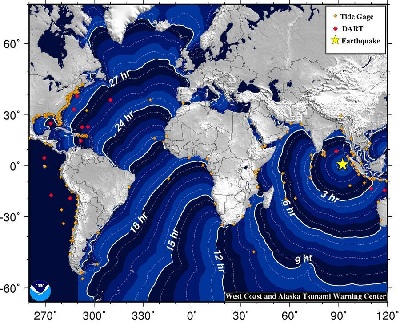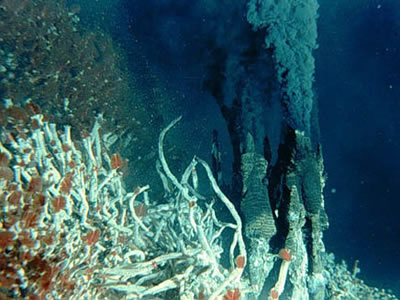- EARTH'S INTERIOR AND SURFACE
- Interior
- Surface
- Surface Features
- Earthquakes
- Volcanoes
- Plate Tectonics
- Elements
- Geology
- Biomes and Ecosystems
Earth's Interior and Surface
Earth, the largest and densest rocky planet, was formed about 4.5 billion years ago. The Earth's interior is divided into four layers, which is typical of rocky planets. Each layer has different characteristics and is made of different elements and minerals.
There are many different types of features on Earth’s surface due to the complexity of our planet. The surface is unique from the other planets because it is the only one which has liquid water in such large quantities. Water forms some features of Earth's surface such as rivers, oceans, beaches and lakes. Other surface features, such as mountains, earthquakes and volcanoes, are formed when large pieces of the Earth’s outer layer move slowly by plate tectonics.






Please log in
Science Blogs
Real Climate: climate science from climate scientists

Windows to the Universe, a project of the National Earth Science Teachers Association, is sponsored in part is sponsored in part through grants from federal agencies (NASA and NOAA), and partnerships with affiliated organizations, including the American Geophysical Union, the Howard Hughes Medical Institute, the Earth System Information Partnership, the American Meteorological Society, the National Center for Science Education, and TERC. The American Geophysical Union and the American Geosciences Institute are Windows to the Universe Founding Partners. NESTA welcomes new Institutional Affiliates in support of our ongoing programs, as well as collaborations on new projects. Contact NESTA for more information.






